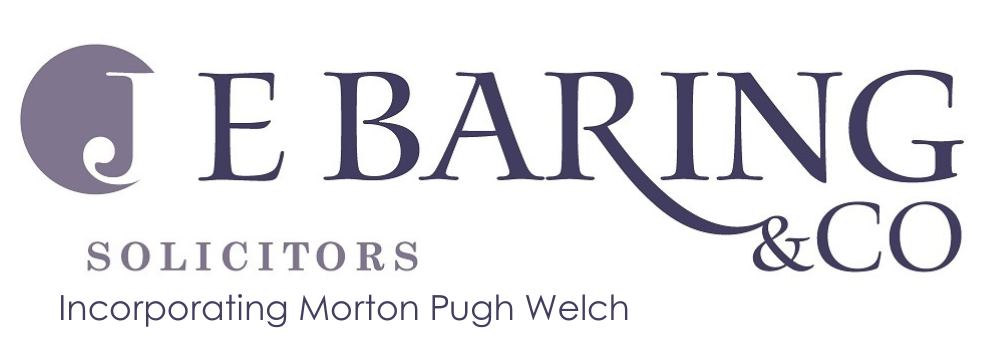Debt Recovery Pre-Action Protocol
The new debt recovery pre-action protocol comes into effect on the 1st October 2017 and its stated intention is to:-
• encourage early engagement and communication between the parties, including the exchange of sufficient information about the matter to help clarify whether there are any issues in dispute;
• enable the parties to resolve the matter without the need to start court proceedings, including agreeing a reasonable repayment plan or considering using an Alternative Dispute Resolution (ADR) procedure;
• encourage the parties to act in a reasonable and proportionate manner in all dealings with one another (for example, avoiding running up costs which do not bear a reasonable relationship to the sums in issue);
• support the efficient management of proceedings that cannot be avoided.
The protocol applies to individuals, including those who are carrying on a business as individuals, it goes well beyond what was generally anticipated and imposes upon creditors a number of obligations to include providing:-
• an up-to-date statement of account;
• an Information Sheet;
• a Reply Form; and
• a Financial Statement form.
A Letter of Claim must also contain the following information:-
• the amount of the debt;
• whether interest or other charges are continuing;
• where the debt arises from an oral agreement, who made the agreement, what was agreed (including, as far as possible, what words were used) and when and where it was agreed;
• where the debt arises from a written agreement, the date of the agreement, the parties to it and the fact that a copy of the written agreement can be requested from the creditor;
• where the debt has been assigned, the details of the original debt and creditor, when it was assigned and to whom;
• if regular instalments are currently being offered by or on behalf of the debtor, or are being paid, an explanation of why the offer is not acceptable and why a court claim is still being considered;
• details of how the debt can be paid (for example, the method of and address for payment) and details of how to proceed if the debtor wishes to discuss payment options;
• the address to which the completed Reply Form should be sent;
An individual will have 30 days to reply to the Letter of Claim and should not only use the Reply Form in annex 1 to the protocol but may also;
• Request copies of any documents they wish to see
• Enclose copies of any documents they consider relevant, such as details of payments made but not taken into account in the creditor’s Letter of Claim.
• If the debtor indicates that they are seeking debt advice, the creditor must allow the debtor a reasonable period for the advice to be obtained and in any event, the creditor should not start court proceedings less than 30 days from receipt of the completed Reply Form or 30 days from the creditor providing any documents requested by the debtor, whichever is the later.
• If the debtor indicates in the Reply Form that they are seeking debt advice that cannot be obtained within 30 days of their reply, the debtor must provide details to the creditor as specified in the Reply Form and again the creditor should allow reasonable extra time for the debtor to obtain that advice where it would be reasonable to do so in the circumstances.
• Where a debtor indicates in the Reply Form that they require time to pay, the creditor and debtor should try to reach agreement for the debt to be paid by instalments, based on the debtor’s income and expenditure. In trying to agree affordable sums for repayment, the creditor should have regard where appropriate to the provisions of the Standard Financial Statement or equivalent guidance. If the creditor does not agree to a debtor’s proposal for repayment of the debt, they should give the debtor reasons in writing.
• A partially completed Reply Form should be taken by the creditor as an attempt by the debtor to engage with the matter. The creditor should attempt to contact the debtor to discuss the Reply Form and obtain any further information needed to understand the debtor’s position.
Failure to comply may result in a claim being stayed (put on hold) to allow a period for compliance or, alternatively, sanctions imposed which may include:
• the party at fault paying the costs of the action, possibly on an indemnity basis;
• penalising the at fault party by refusing or reducing interest; and
• awarding a higher rate of interest (up to 10% above Base Rate).
We are highly experienced in the field of debt recovery, contact us to discuss your debt recovery needs or if you have any questions or concerns at all about the new Debt recovery Pre-Action Protocol.
